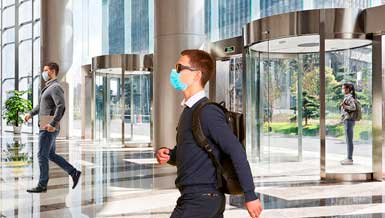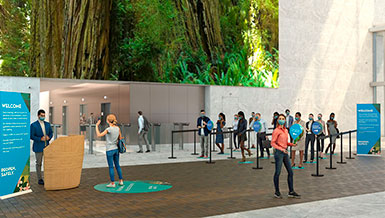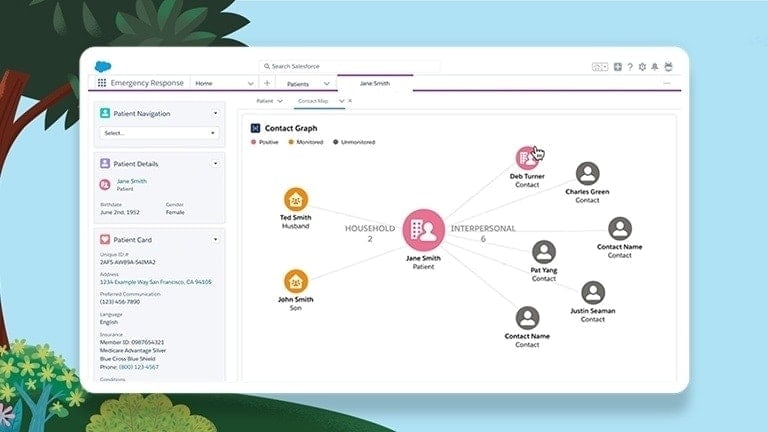Chapter 3: How to Navigate Change After Reopening Your Business
Executive Vice President of Global Real Estate, Salesforce
Your office is ready. Your employees are too. You’ve made it to the big day. Finally, it’s time to reopen your business. Now what?
How do you keep your employees safe beyond that first day back in the office?
The short answer: Assess and reassess.
The road ahead is different for everyone. It’s hard to say how things will change and what you’ll need to do to adapt. But things will change, and you will need to adapt.
Here are a few things to pay attention to along the way.
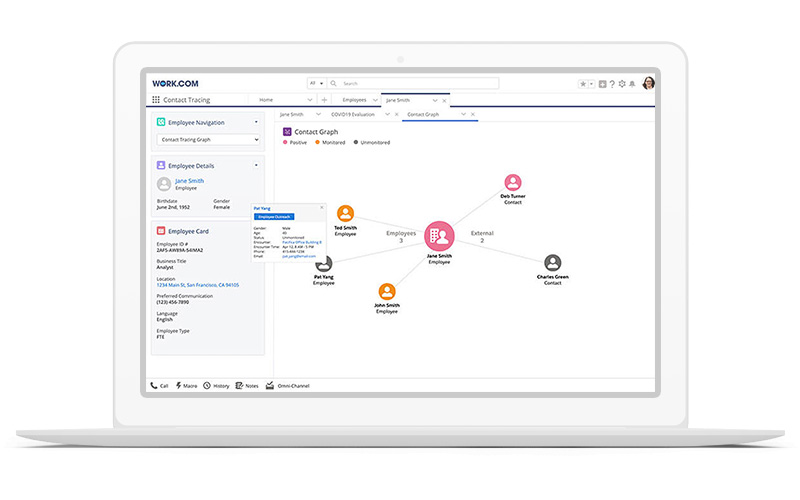
The steps will differ for every company based on their local laws and organizational values. For Salesforce, we require that all employees report if they have COVID-19. When a positive case is reported, we take the following steps to the extent allowed by local law:
- Shut down the impacted area: Close down the parts of the office exposed to the virus. Disinfect and clean those areas. Ask the employee to stay home for 14 days.
- Initiate contact tracing: Find out who that employee has been in close contact with. This could involve interviewing the employee, checking meeting schedules, or looking at what times the employee entered the office.
- Reach out to close contacts: Notify those who may have been exposed and ask them to stay home for 14 days.
- Require medical clearance: Those who test positive or come into contact with those who test positive will need medical clearance from their doctor or proof of a negative test before they can return to work.
In the days and weeks after you reopen, plan to ask your employees for feedback. They are your eyes and ears on the ground and can tell you what is and isn’t working.
Your Office
You’ve made so many changes to your office: installed new signs, redesigned floor plans, added hand washing and sanitizing stations, and more (see Chapter 2: How to Create Your Return-to-Work Plan). Are those solutions helping manage the risk of infection? Or are they making the problem worse?
Once you’re back in the building, assemble a team of key stakeholders with expertise on potential workplace hazards (for example, facilities and human resources). Charge them with making sure that everything you’re doing is safe and that you aren’t introducing more hazards into the workplace in an attempt to prevent the spread of the virus.

Your Community
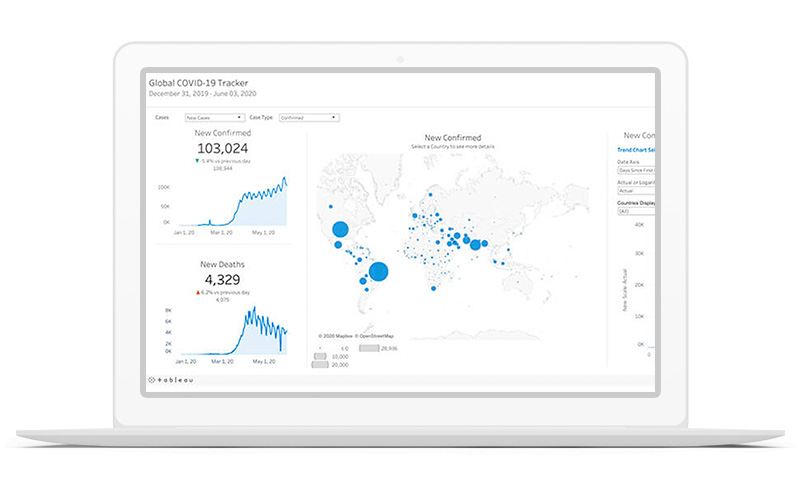
An Ongoing Journey
Now, take all the information you learned above and stack it up against your existing plans and processes. Does your return to work V2MOM still make sense? Do you need to make any changes to your office? The employees who come in? Your policies? Learn from what is happening and be prepared to pivot in real time.
Haven’t created a workforce action plan yet? Use this template to get you started.
These adjustments will be different for everyone and will depend on your unique circumstances. Our best advice: Stay agile. Move quickly to address challenges as they arise. Then, do it all over again the next day.
At Salesforce, we use Work.com to help us in this process. This enables us to:
- Create a workplace command center: An overarching view that allows our leaders to rely on data to make decisions about returning to the office
- Manage and plan shifts: Automate shift assignments based on whether or not an employee is able and willing to work in the office
- Assist with contact tracing: Manually and securely track health cases from first report to resolution
- Conduct employee wellness surveys: Assess employee health to determine suitability for returning to work
- Enable employee reskilling: Train up employees on the latest changes in the workplace
Bottom line, reopening an office is an ongoing journey. While this guide is comprehensive, we’re still learning every day. See something missing? Share your tips with us on LinkedIn and Twitter.
Executive Vice President of Global Real Estate, Salesforce
More Resources

Become a Contact Tracer

Build a Workforce Action Plan



